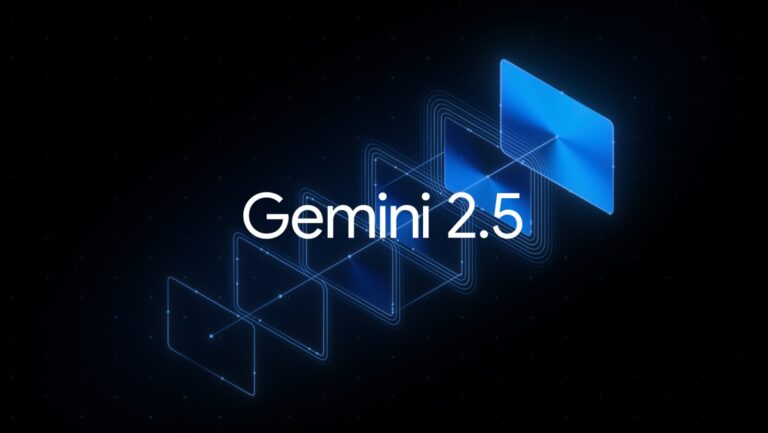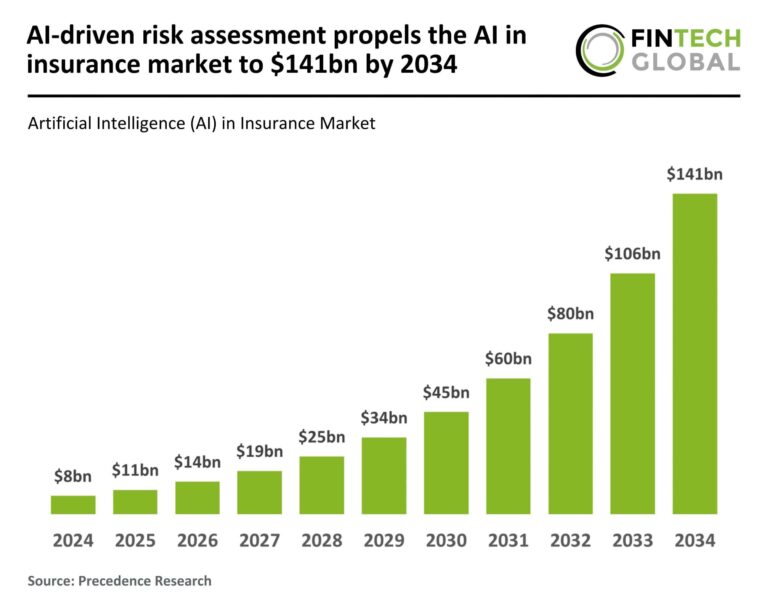GetReal’s $18M Breakthrough: Revolutionizing AI Deepfakes with an Impressive Clientele!
The rapid rise of deepfake technology poses significant challenges for both businesses and national security. As these hyper-realistic manipulations become more prevalent, companies are facing substantial financial losses due to scams involving deepfakes. To combat this growing threat, a startup named GetReal has emerged, offering innovative solutions designed to detect and prevent deepfake impersonations across audio, video, and still images. Recently, GetReal announced a substantial funding round aimed at enhancing its cybersecurity capabilities.
GetReal Secures $17.5 Million in Funding
Co-founded by Hany Farid, a leading expert in deepfake detection, GetReal successfully raised $17.5 million in equity funding. This investment will support research and development, hiring, and overall business expansion.
New Forensics Platform Launch
Alongside the funding announcement, GetReal is unveiling its new forensics platform as a service. This platform features:
- Web Interface: User-friendly access to tools and features.
- API Integration: Seamless integration for media analysis as a service.
- Threat Exposure Dashboard: Monitor potential risks effectively.
- “Inspect” Tool: Designed to protect high-profile executives from impersonation.
- “Protect” Tool: Screening capabilities for various media.
- “Respond” Service: In-depth analysis conducted by GetReal’s expert teams.
This funding round was led by Forgepoint Capital, with participation from Ballistic Ventures, Evolution Equity, and K2 Access Fund.
The Talent Gap in Cyber Forensics
GetReal aims to address the significant talent shortage in the cybersecurity forensics sector. As CEO Matt Moynahan noted, “If you think cybersecurity has a shortage of people, get ready for forensics.” With a distinguished career in cybersecurity, Moynahan emphasizes the alarming prevalence of deepfake threats.
Understanding Deepfake Threats
Moynahan described the rise of deepfakes as a unique challenge, stating, “I don’t think I’ve seen a threat this ubiquitous.” Unlike traditional viruses, deepfakes shift the focus to end-users, who increasingly operate in digital environments. The use of seemingly harmless applications to create deepfakes exacerbates the issue.
Academic pioneer Hany Farid, currently at UC Berkeley, explains that while the technology evolves, fundamental techniques for detecting manipulated media remain relevant. “There are techniques we developed 20 years ago that still work today,” Farid affirms.
Strategic Partnerships and Future Prospects
The recent Series A funding also includes strategic investments from Cisco Investments, Capital One Ventures, and In-Q-Tel, a firm linked to the CIA. These partnerships reflect the urgent demand for deepfake detection solutions, particularly in regulated industries like finance.
As Alberto Yépez, co-founder of Forgepoint, noted, companies are increasingly concerned about deepfake impersonations, with significant incidents prompting urgent inquiries from corporate boards. Notable clients include John Deere and Visa.
Addressing Text-Based Impersonations
While GetReal currently focuses on audio and video impersonation, plans are in place to expand its capabilities to include text-based threats. Recent events, such as a mistaken military group chat involving an editor from The Atlantic, highlight the potential risks associated with text impersonations.
As Farid comments, “Text is not currently in GetReal’s purview, but we aim to widen our scope over time.” The future of deepfake detection is promising, with GetReal positioned to lead the charge against this emerging threat.
For more information about cybersecurity and deepfake technologies, visit Cybersecurity & Infrastructure Security Agency (CISA).







